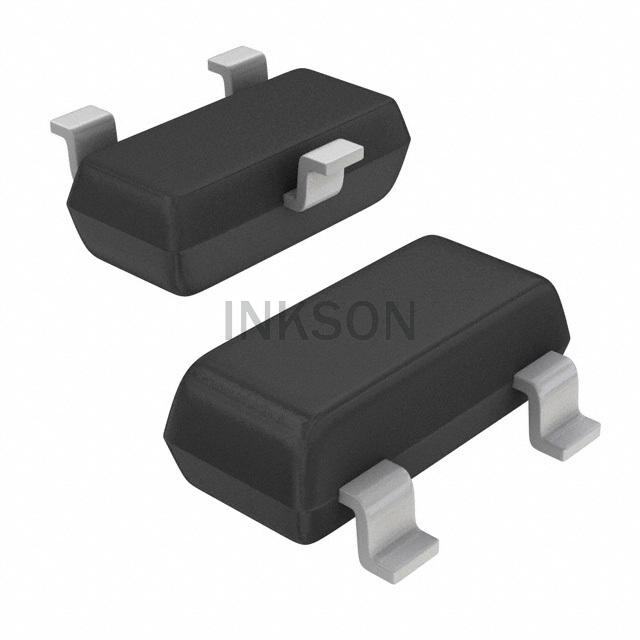Parameters of LiFePO4 (Lithium Iron Phosphate) Battery:
-
Voltage: LiFePO4 batteries have a nominal voltage of around 3.2 volts per cell. This compares to the 3.7 volts of most lithium-ion batteries and 3.6 volts of LiMnO2 batteries.
-
Capacity: LiFePO4 batteries can be designed to various capacities depending on the application, ranging from small capacities suitable for consumer electronics to large capacities for electric vehicles and energy storage systems.
-
Cycle Life: One of the significant advantages of LiFePO4 batteries is their long cycle life. They can typically endure thousands of charge-discharge cycles, often surpassing other lithium-ion chemistries in this regard.
-
Safety: LiFePO4 chemistry is known for its stable chemistry, offering enhanced safety compared to other lithium-ion battery chemistries such as NMC or LCO. They are less prone to thermal runaway and are more resistant to overcharging.
-
Operating Temperature: LiFePO4 batteries can generally operate within a wide temperature range, often from -20°C to 60°C (-4°F to 140°F).
.jpg)
Uses of LiFePO4 Batteries:
-
Electric Vehicles (EVs) and Hybrid Electric Vehicles (HEVs): LiFePO4 batteries are used in EVs and HEVs due to their high power density, long cycle life, and enhanced safety characteristics.
-
Renewable Energy Storage: They are well-suited for storing energy from solar panels and wind turbines due to their stability, long cycle life, and high charge-discharge efficiency.
-
Portable Power Stations: LiFePO4 batteries can be found in portable power stations and generators, offering a reliable and stable power source for outdoor and emergency use.
-
Marine and RV Systems: These batteries are utilized in marine and RV applications, providing a durable and efficient power storage solution.
-
Consumer Electronics: While less common in consumer electronics due to their lower energy density compared to other lithium-ion chemistries, LiFePO4 batteries can still be found in certain high-demand electronics due to their safety and long cycle life.
Features of LiFePO4 Batteries:
-
Long Cycle Life: LiFePO4 batteries can endure thousands of charge-discharge cycles, making them an excellent choice for applications requiring a long service life.
-
Stability and Safety: They are known for their stable chemistry and enhanced safety characteristics, making them less prone to thermal runaway and other safety hazards commonly associated with other lithium-ion chemistries.
-
High Power Density: LiFePO4 batteries offer high power density, which makes them suitable for high-current applications, including electric vehicles and energy storage systems.
-
Fast Charge Capability: They can be charged at relatively high rates, allowing for faster recharge times compared to other lithium-ion chemistries.
Heat Dissipation: LiFePO4 batteries generally have good thermal stability, leading to relatively low heat generation during standard use. However, effective heat dissipation is still critical, especially in high-power applications such as electric vehicles and energy storage systems. To manage heat dissipation in LiFePO4 batteries and systems using them, the following considerations should be observed:
-
Cooling Systems: Implementing efficient cooling systems, such as active cooling (fans) or passive cooling (heat sinks), can help manage temperature and dissipate heat from the batteries effectively.
-
Thermal Management: Proper thermal management within the battery pack, including the use of thermal interface materials between cells and effective thermal design, can help distribute and dissipate heat evenly.
-
Operating Environment: Ensuring proper operating conditions, including temperature control, ventilation, and maintaining specified operating temperatures, is crucial for managing heat and ensuring long-term performance of LiFePO4 batteries.
By considering these parameters, uses, features, and heat dissipation measures, LiFePO4 batteries can be effectively applied in a wide range of applications, providing efficient and stable power storage solutions.


.jpg)